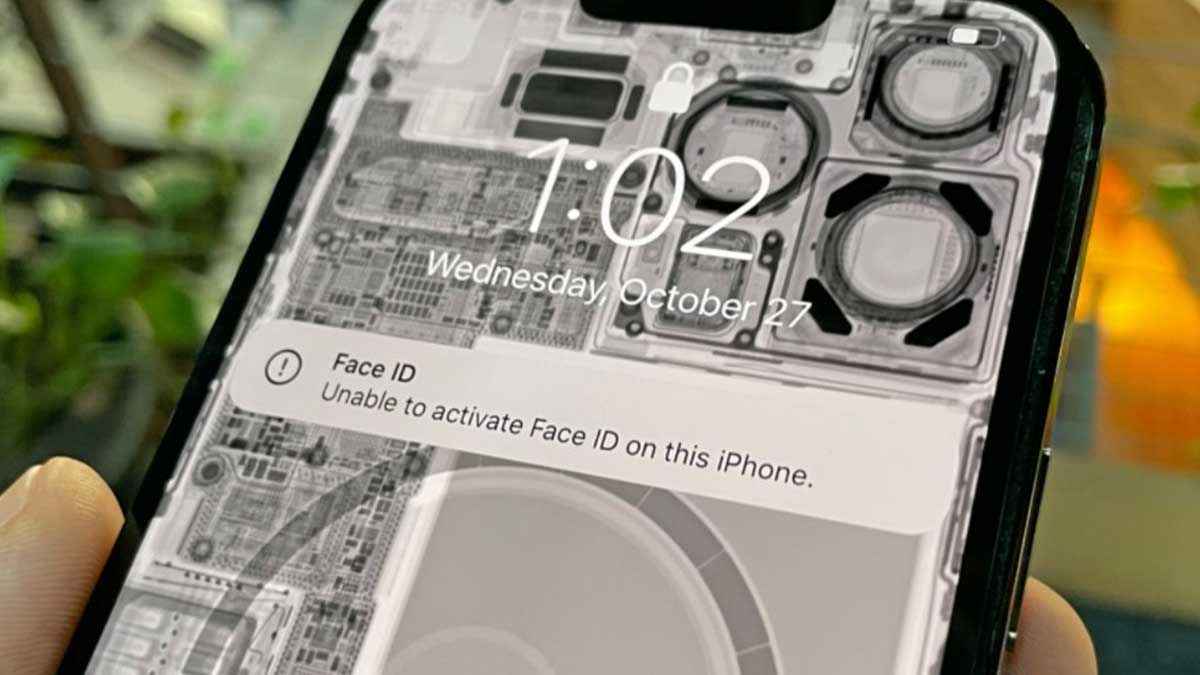iFixit, while speaking out for right to repair laws, said that the inability to replace the iPhone 13’s display without damaging Face ID could harm multiple repair companies.
In the past, iPhone users may have been concerned about the price of replacing the display if anything went wrong or the display became physically damaged. There are now concerns that new iPhone 13 series users are getting worried about their Face ID functionality being broken after their screens were replaced. It’s true! In a recent blog post, iFixit explained that Face ID cannot be activated after a screen replacement on the iPhone 13 series. Multiple times, iFixit tested the same issue in their lab on different iPhone models running iOS 15 and iOS 15.1 simultaneously. It shows replacement of the iPhone 13 series’ screen will completely invalidate its industry-leading Face ID function.
Also, iFixit reports that “Apple’s new screen repair trap could change the repair industry forever” since Apple has been gradually moving away from third-party screen replacements for years. Display repairs for iPhones are now done exclusively with tools or via Apple’s Independent Repair Provider Program, which repair shops have criticized for its “draconian” requirements and contracts.
Apple-certified technicians must log each repair to the Apple cloud in order to synchronize the iPhone and display serial numbers. The Apple Services Toolkit 2 is a program for this purpose. There have been workarounds found by some repair shops, but they are difficult and labor intensive because a soldered chip must be moved from the original screen to the replacement which is not expected at all.
Therefore, small repair professionals or shops may struggle to stay open. They are now forced to choose between spending thousands of dollars on new equipment for repairing iPhone displays in the near future or losing a main source of income.
Apple has announced that it would begin selling parts, tools, and diagnostic services to independent repair shops in addition to its “authorized” repair partners. Apple’s so-called Independent Repair Provider (IRP) program had its limitations, but was still seen as a step forward for a company that’s fought independent repair for years.
Vice
Moreover, the report suggests Apple’s IRP (Independent Repair Program) directly affects customers and repair shops/services without a second thought. Currently, there is no other option and this is one of the strongest cases to advocate for right-to-repair laws.
Therefore, without a micro soldering tool and Apple Services Toolkit 2, it’ll be next to impossible for professionals/shops to replace/repair iPhone 13 or next-gen screens. At the moment, users of the iPhone 13 series who require screen replacement or repair must visit an Apple Service Center or Apple Store directly to avoid losing Face ID feature. The cost of screen repair or replacement will be much higher without AppleCare+ service.
